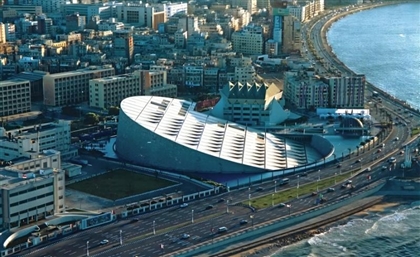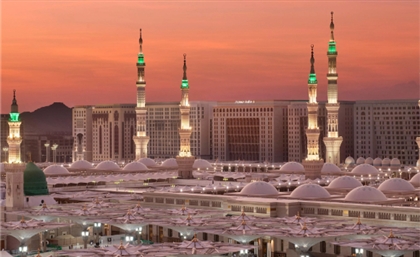The Liberation Graphics Collection of Palestine Posters & ‘Memoricide’
The Liberation Graphics Collection of Palestine Posters stands as a testament to art's resilience against violent occupation.

In the realm of art and culture, the Liberation Graphics Collection of Palestine Posters shines as a remarkable testament to the power of artistic expression in the face of a violent occupation. This collection of 1,600 ‘Palestine posters’, submitted to UNESCO's Memory of the World programme during its 2016–2017 round and vetoed twice by UNESCO’s Director-General, captures the power of a community's aspirations and international solidarity.
These posters, eloquent in their simplicity, become a compelling medium through which Palestinians convey their hopes and international allies express their unwavering support. Among these aspirations is a poignant desire to unveil the harsh realities of Israeli memoricide; the killing of memory. The term, coined in 1992 by Mirko Grmek, was applied to Palestinian resistance, specifically the Liberation Graphics Collection of Palestine Posters in a paper titled ‘The Palestine Poster and Everyday Memoricide: Making Killing Memory Mundane’, authored by Scott Webster.
Webster illustrates how ordinary objects like house keys and olive trees are transformed into potent symbols, shedding light on how these memorial processes have affected the everyday. This invaluable collection is a powerful reminder that cultural heritage endures, even in the face of erasure and displacement, offering a window into a world where memory is celebrated.
- Previous Article Embrace Autumn With Ristorante Tuscany’ Ligurian Specials
- Next Article A Walk Through Downtown Cairo’s Timeless Architecture
























